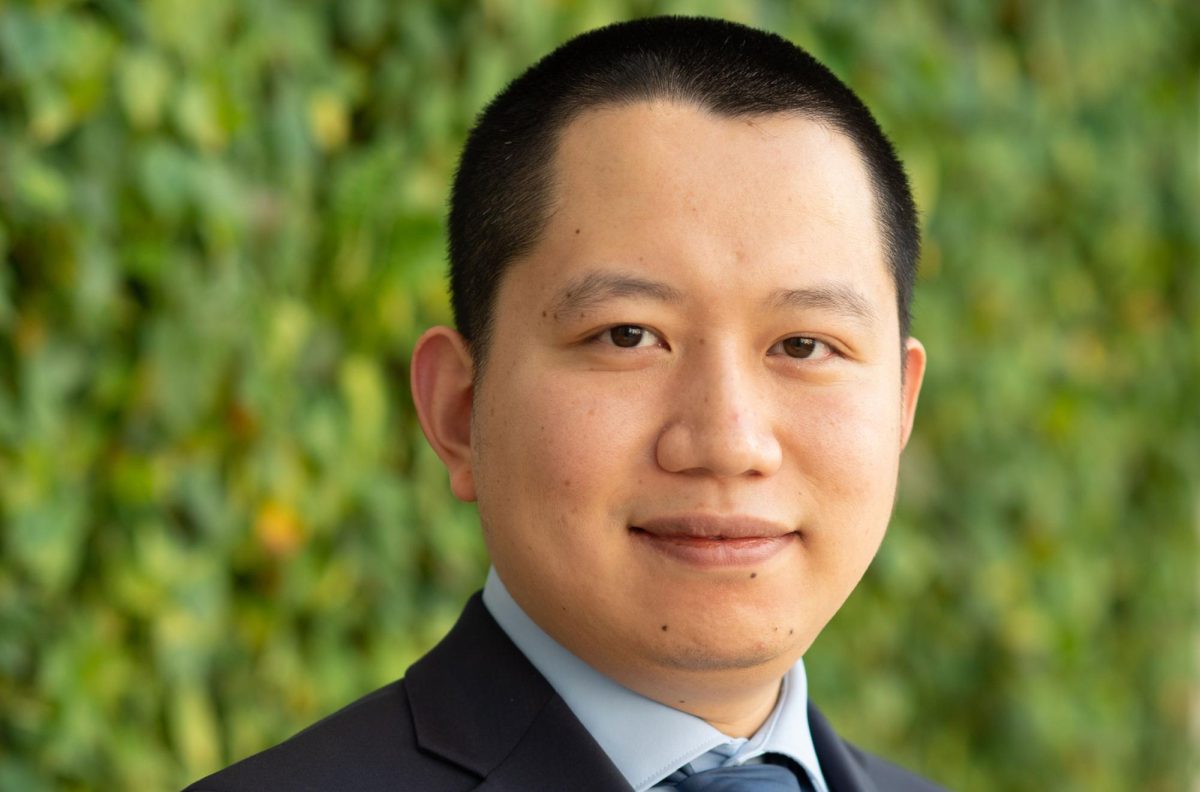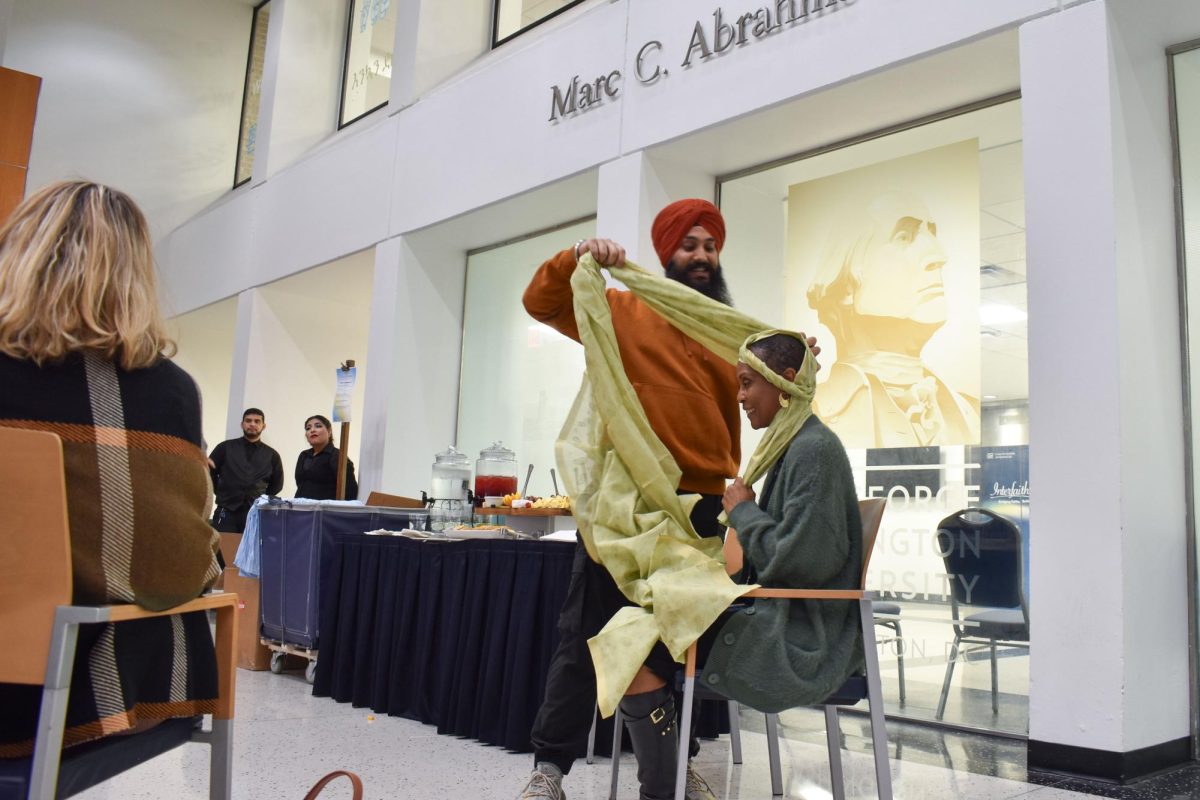A professor in the School of Engineering and Applied Sciences received a $1.68 million grant to develop an implantable heart monitor that tracks heart failure, according to a University release earlier this month.
The National Heart, Lung, and Blood Institute awarded $2.8 million to GW and Northwestern University researchers to develop a heart monitor that surgeons can implant on the external surface of the heart and use to monitor long-term heart failure as it happens. Luyao Lu, the principal investigator, said the researchers aim to finish engineering the wireless device and implant it into small animals, like rats, to study heart failure and test the device by the end of the five-year grant.
Lu, an assistant professor of biomedical engineering, said GW researchers will use their $1.68 million portion of the grant to build the biomedical device using the University’s fabrication facility, which provides microscopy instruments for engineering research and will allow Lu and researchers to add materials to the device. He said the Northwestern researchers, who specialize in animal research, will use their portion of the grant to study the device in small animals and provide feedback on the device to GW engineers.
“You will see an implant that can be wirelessly operating, chronically operating in the heart with the same animals can still be freely moving, which means you have an implant that will not interfere with normal activities,” Lu said. “It will allow you to do more complicated studies of heart disease mechanisms.”
Lu said researchers will develop the device to monitor and communicate the mechanical properties of the heart like how stiff the tissue is, the metabolism, or the heart’s energy consumption, and the electricity of the heart, or the heartbeat. Implantable monitors currently only record the heart’s electrical signal to detect irregular heartbeats.
He said monitoring multiple of the heart’s properties provides more biomarkers — objective measures that capture what is happening in the heart — and can tell medical professionals how a disease is affecting the whole heart. He said the interplay between biomarkers plays a “key role” in determining heart disease development.
“Having more components means you can study more complex mechanisms of the heart because you can tie in different biomarkers,” Lu said. “You can find connections between those biomarkers because you are monitoring them simultaneously. That is a key, important need from the cardiac field.”
Lu said the technology will be “quite broad” and will study heart failure, as opposed to a specific condition, so that medical professionals can apply the device to “a variety” of heart conditions, like arrhythmias and clinical diseases. He said the device will have an impact because heart failure affects millions of people.
“We are using heart failure as a representative example because that’s a very severe, crucial condition that’s influencing the quality of life for many people,” Lu said.
Last month, Lu published a paper about another device he developed alongside Northwestern researchers, which he said was made for short-term heart monitoring. He said the short-term device is made of biodegradable materials, so it can dissolve in the body after treatment, instead of requiring an additional procedure to remove it.
Lu said the short-term device is also optically transparent, meaning that it would not impact future interventions when physicians may examine heart tissue with a microscope or identify potential problems.
“It’s a soft, transparent and fully biodegradable device that allows you to do cardiac monitoring and stimulation in a time period that is related to short-lived cardiac complications,” Lu said.
Experts in cardiology said the long-term device could have practical applications to treat patients if the device provides more useful information for patients with heart failure and is less expensive than the currently used implantable cardiac monitor.
Satish Raj, a professor of cardiac sciences at the University of Calgary, said current chronic implantable monitors detect pressures in the pulmonary artery and do not track the heart’s metabolism, as Lu’s new device will. He said the current monitor is expensive, “difficult” and doesn’t provide data about the heart at all times.
He said researchers need to make the heart monitoring devices cheaper, more convenient and able to provide better information in order for it to improve practical use in the field.
“Heart failure is a big public health problem and we need newer and innovative solutions,” Raj said. “More information could be helpful.”
Marat Fudim, an assistant professor of medicine and cardiology at Duke University, said the device’s ability to put sensors on a beating heart in a “flexible” way would stimulate research in the field. He said there is “great potential” for the device’s practical use because it is on the surface of the heart and that surgeons would most likely only implant it during another procedure, like the currently used implantable cardiac monitoring devices.
“The sensors will have a decent longevity, which allows them to do what they’re doing,” Fudim said. “This is a really cool innovation here.”





